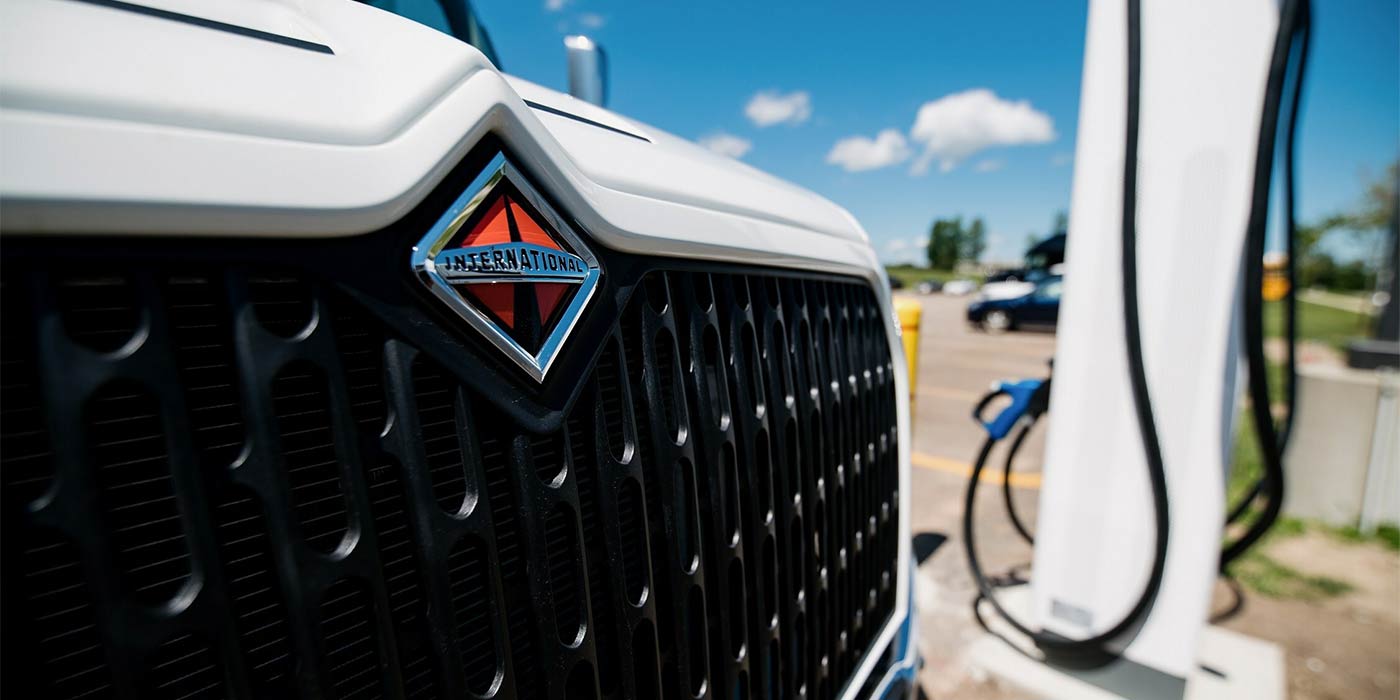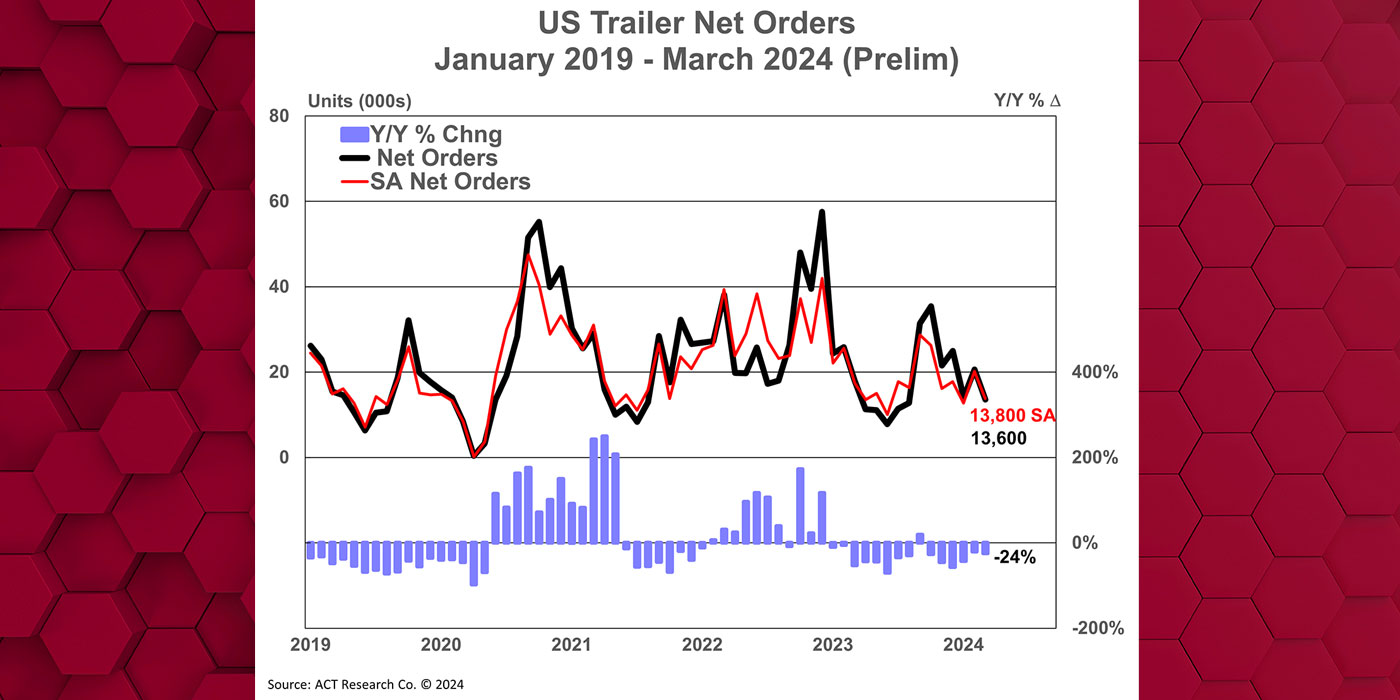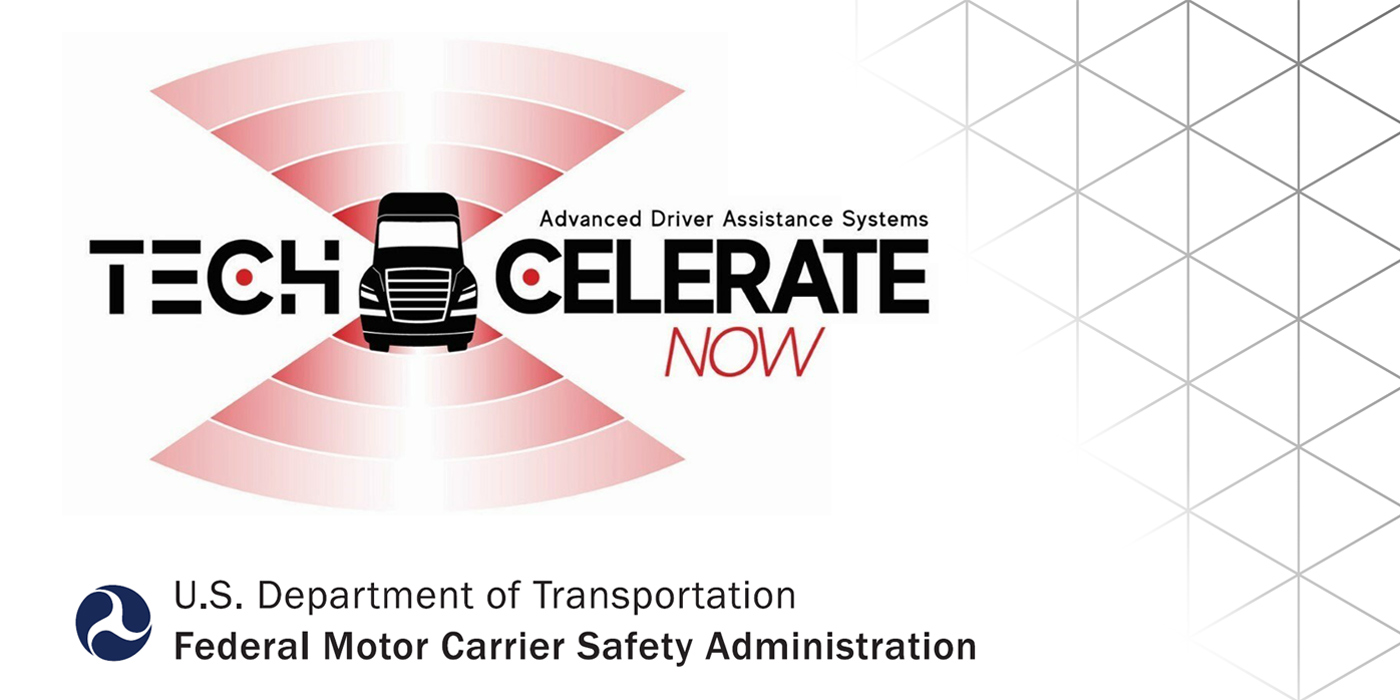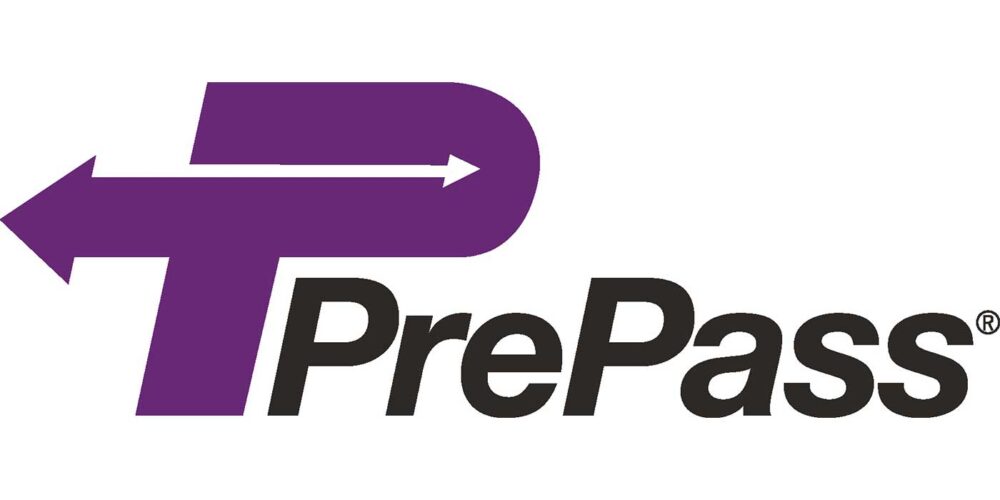During the 2018 Technology and Maintenance Council Annual Meeting and Transportation Technology Exhibit, Volvo Trucks put Jason Plumlee, director of maintenance for Saia, center stage to talk about his experience with remote updates.
“Unscheduled down time is very disruptive to our operation,” Plumlee said. “We dual-purpose our tractors, and so our opportunity for scheduled maintenance is always a short window. It’s one of our largest challenges.”
Plumlee explained that within Saia’s network of 152 terminals, only 35 locations offer service. Over-the-air updates freed up Saia’s trucks to update software at non-service location terminals where the process was monitored and verified.
“With the ability to do updates over the air, we don’t have to hook the truck up to a diagnostic computer,” Plumlee said. “The updates have improved product uptime, and we have gained fuel economy, which we constantly monitor.”
Plumlee noted that Saia has only implemented software updates pushed from the OEM, in this case Volvo Trucks, and that there are no plans to use the fleet-adjusted parameter updates, as Saia sets its specs at the time of purchase and doesn’t change them. That said, with the success of the 10 to 20 truck pilot program utilizing Volvo’s OTA updates,
Plumlee has already started rolling out the OTA process to other trucks in the fleet that have the capability. And the process might even expand further.
“Right now, we choose to keep over-the-air updates within the realm of the maintenance department, but we do feel that our next step is enabling drivers to do the updates when they get to a specific location or terminal,” Plumlee said.
For the a look at what over-the-air reprogramming is and why you should care, click here.














